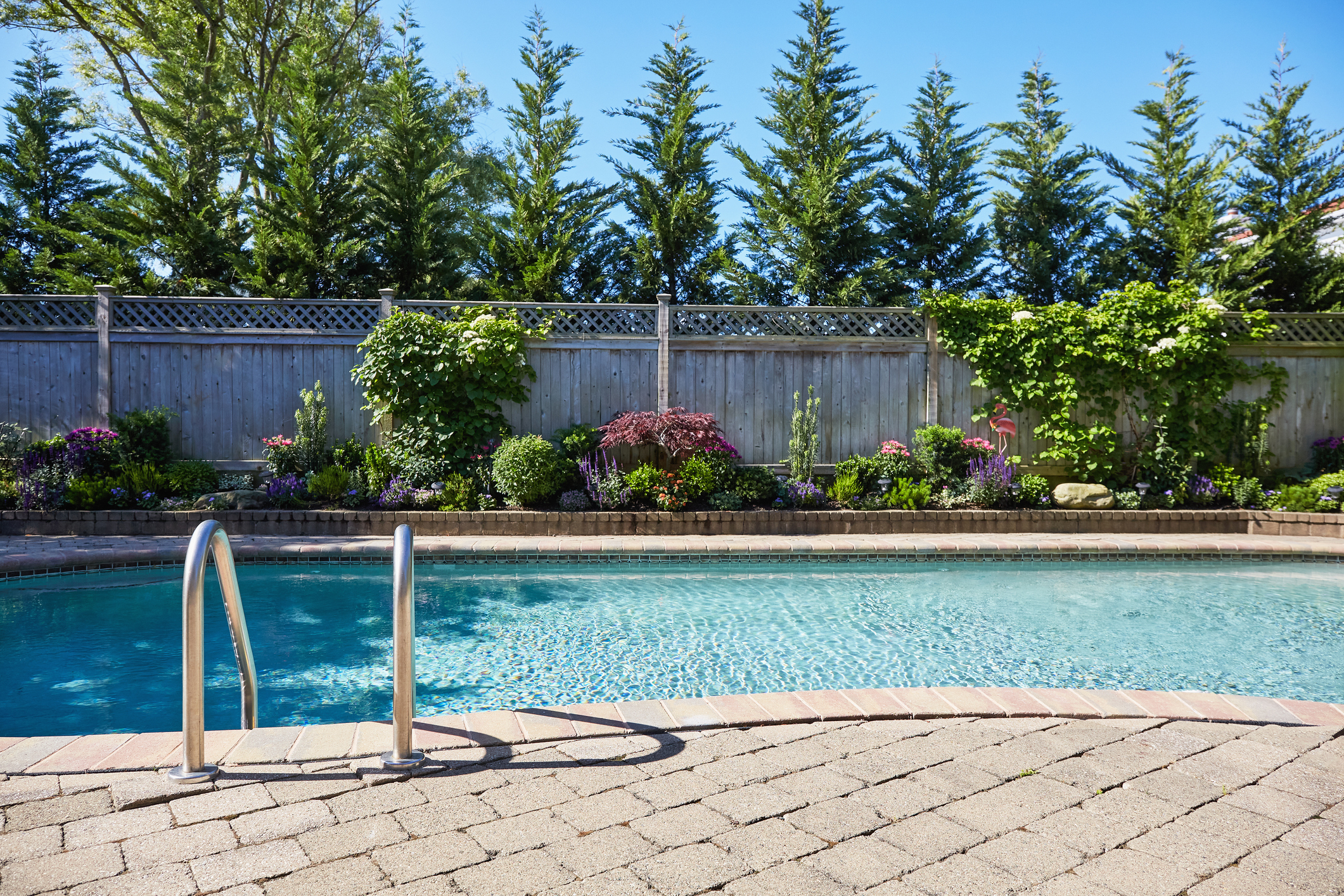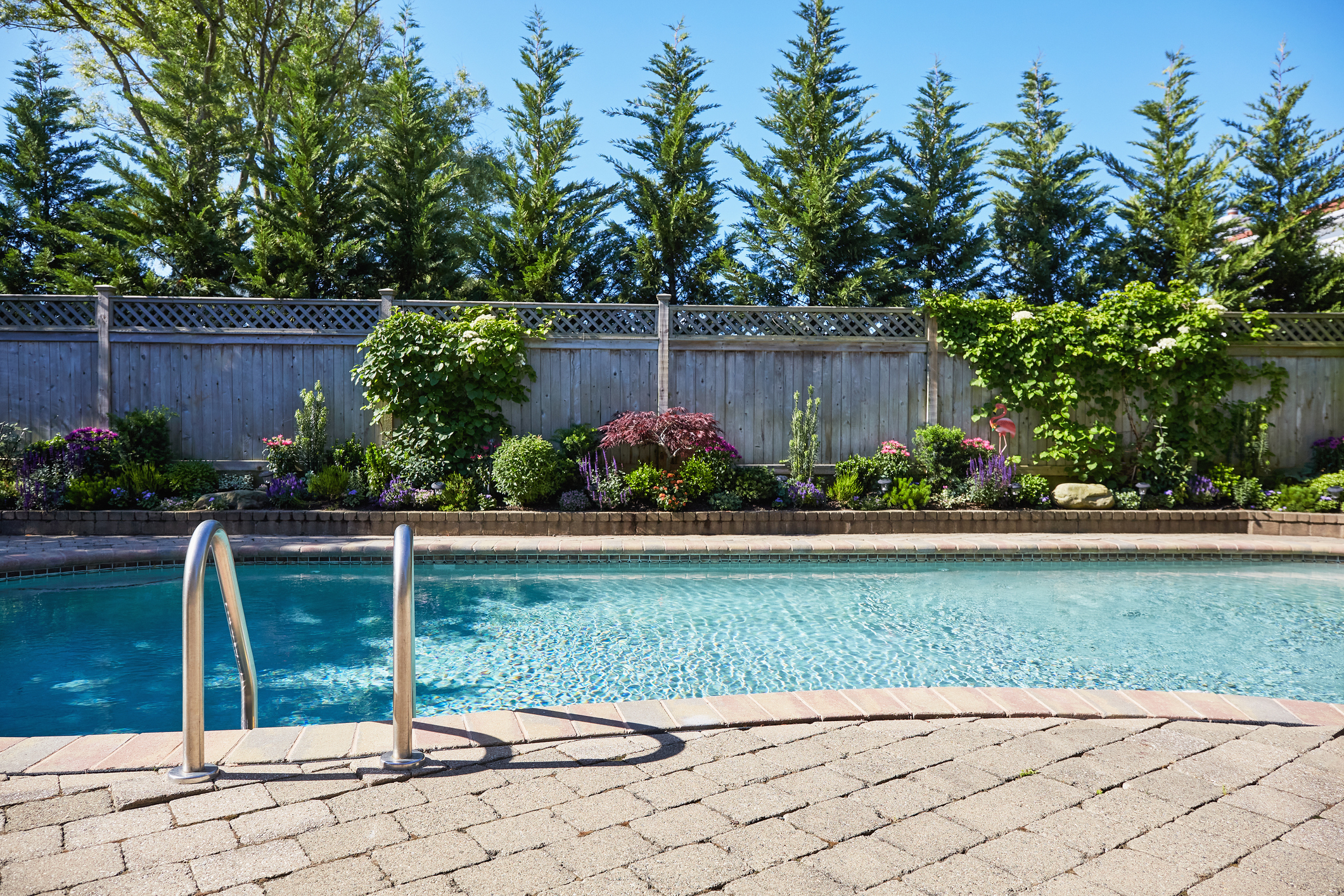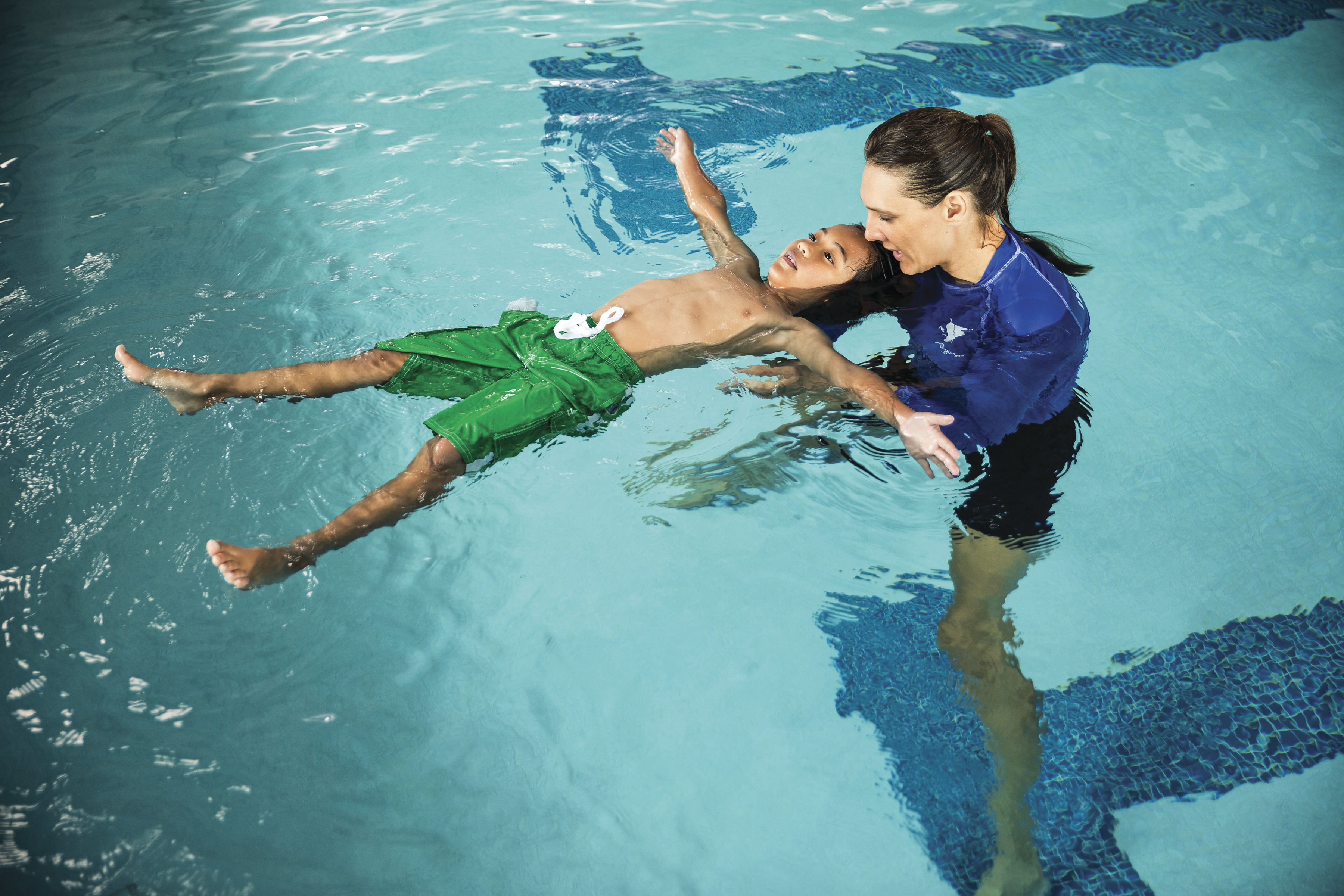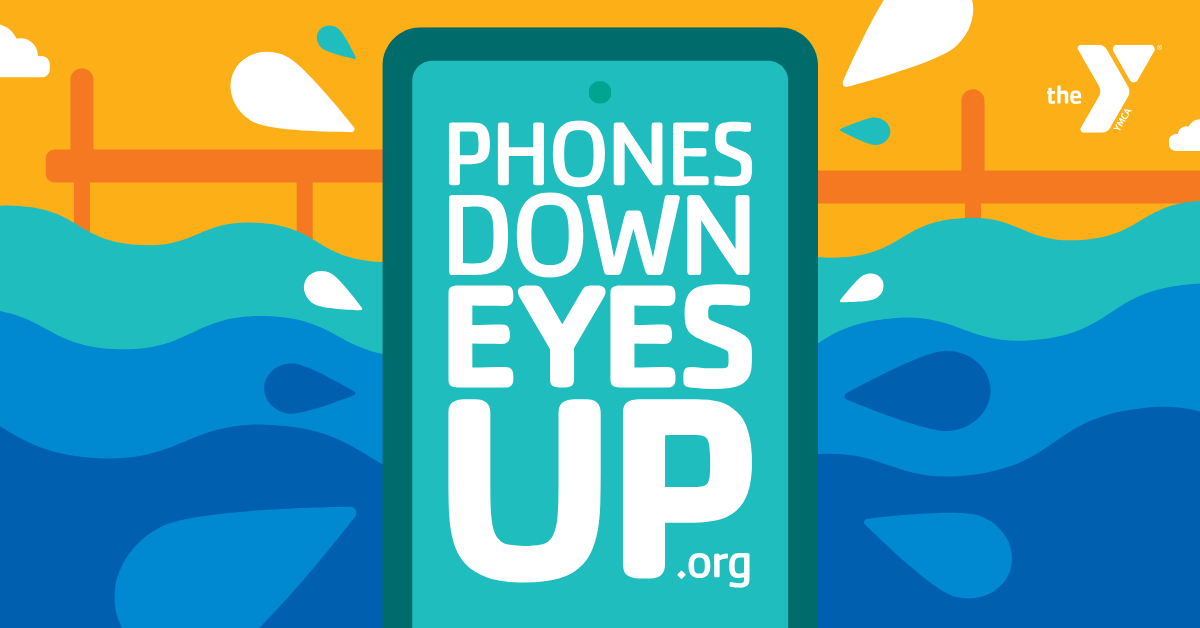article

At the Y, safety is our top priority. As families enjoy more time at public, hotel and backyard pools this summer, it’s important to recognize that while swimming can be a fun and healthy activity, it also comes with potential risks. Awareness and prevention are key to keeping everyone safe in and around the water.
According to the Centers for Disease Control and Prevention (CDC), over 4,000 people in the U.S. die each year from unintentional drowning, with many incidents happening in or around pools. While drowning prevention is often top of mind, it’s just one piece of the safety puzzle. Slippery surfaces, improperly maintained equipment, and hidden hazards like faulty drains can also lead to serious injuries or accidents. Below are eight of the most common pool hazards and how you and your family can avoid them.
1. Inadequate Supervision: According to the National Drowning Prevention Alliance, 88% of children drown with at least one adult present. Even experienced swimmers should never swim alone. Children especially need constant, active supervision from a responsible adult. The YMCA supports the concept of “Water Watchers,” designated adults who take turns focusing solely on supervising children in and around water.
2. Missing or Broken Barriers, Fences, and Alarms: Children are curious, so controlling access to your family’s pool or spa is crucial in keeping everyone safe. Install a barrier or fence that’s at least four feet tall, fully encloses the area, and is difficult for children to climb. Use a self-closing, self-latching gate, and install door alarms on home entry points leading to the pool. Regularly check that pool and spa covers and barriers are secure and in good condition.
3. Slippery Surfaces: Pool decks and locker room areas are often wet, increasing the risk of slips and falls. Always walk, never run, near the pool. Choose non-slip footwear and ensure pool decks are properly maintained and textured for safety. Regular mopping and drying of surfaces can also help prevent accidents.
4. Faulty or Missing Drain Covers: Drain entrapments are rare but dangerous. The U.S. Consumer Product Safety Commission enforces regulations under the Virginia Graeme Baker Pool and Spa Safety Act, which mandates the use of compliant, anti-entrapment drain covers. If you notice a loose or missing drain cover, alert pool staff immediately and avoid swimming near it.
5. Poor Water Clarity: Cloudy water can make it difficult to see someone who is struggling underwater. It can also be a sign of improper chemical balance, which can cause skin and eye irritation. If water is murky or discolored, it's best to stay out and notify the facility.
6. Overcrowding: Too many people in the pool can make it hard for lifeguards or “water-watchers” to monitor swimmers effectively and may increase the risk of collisions or panic during emergencies. Respect posted capacity limits and swim during less crowded times when possible.
7. Broken or Loose Pool Equipment: Ladders, diving boards, and railings should be secure and in good working condition. Don’t use any equipment that looks damaged or unstable. Report any hazards to facility staff right away.
8. Inappropriate Behavior: Rough play, diving in shallow water, and ignoring pool rules or lifeguard instructions can all lead to injury. Pool rules are in place to protect everyone, so make sure all family members understand and follow them.
Phones Down, Eyes Up™
Responding to a text, answering an email, listening to a podcast, or making a grocery list—these tasks may seem quick and harmless, but those few seconds of distraction can add up. When at the pool, beach, or lakeside, remember: Your eyes can save lives. Learn more about the Y's new water safety campaign and take the Phones Down, Eyes Up Pledge to help keep kids safe around water--this summer and all year long.


